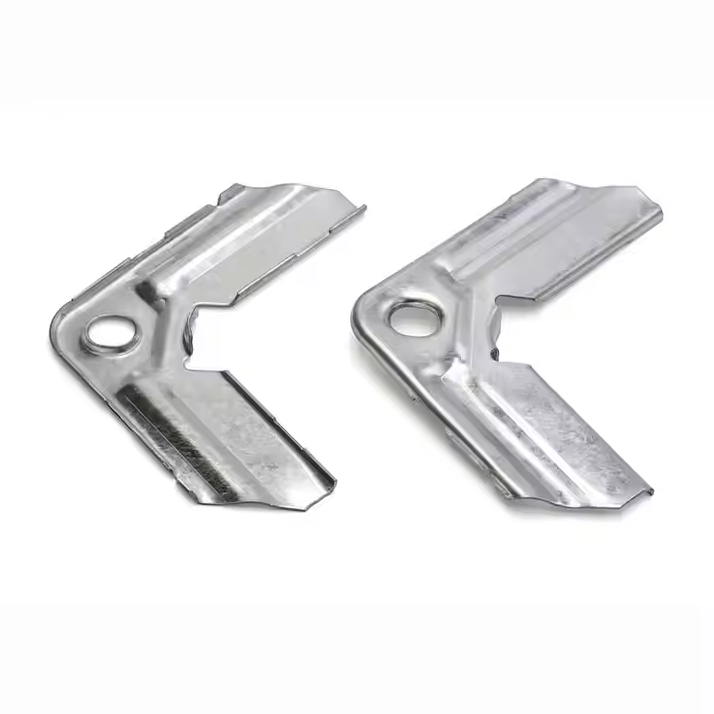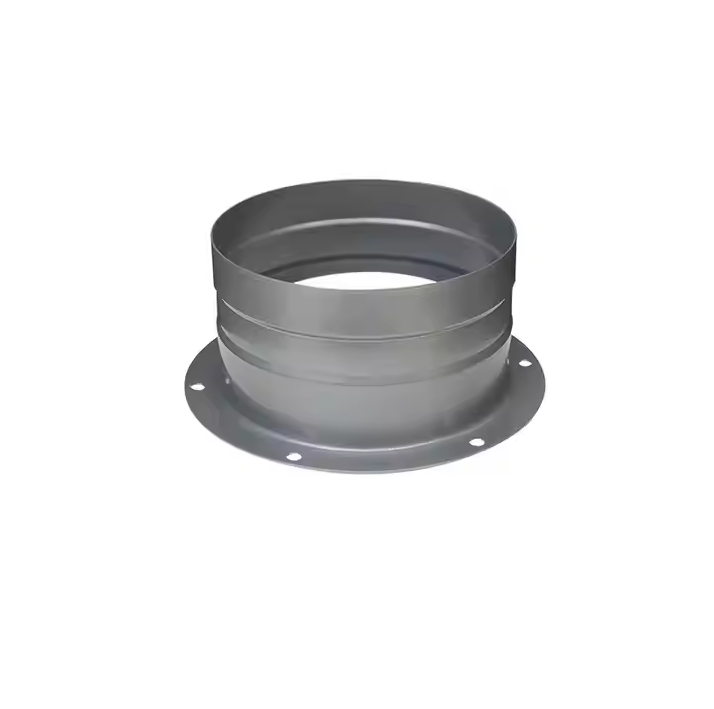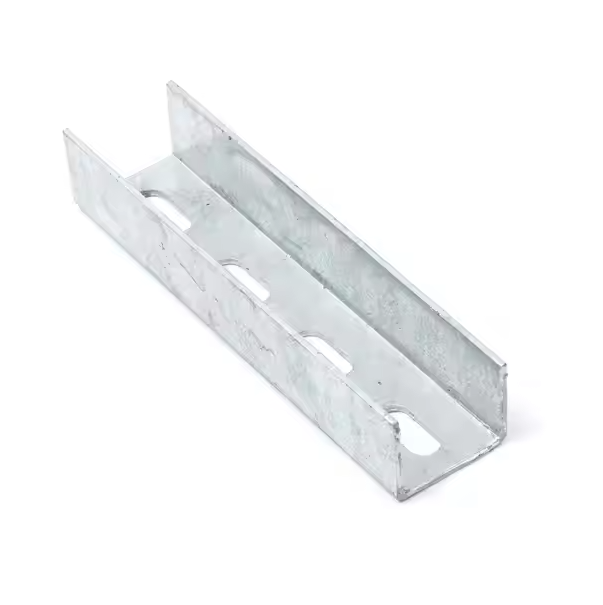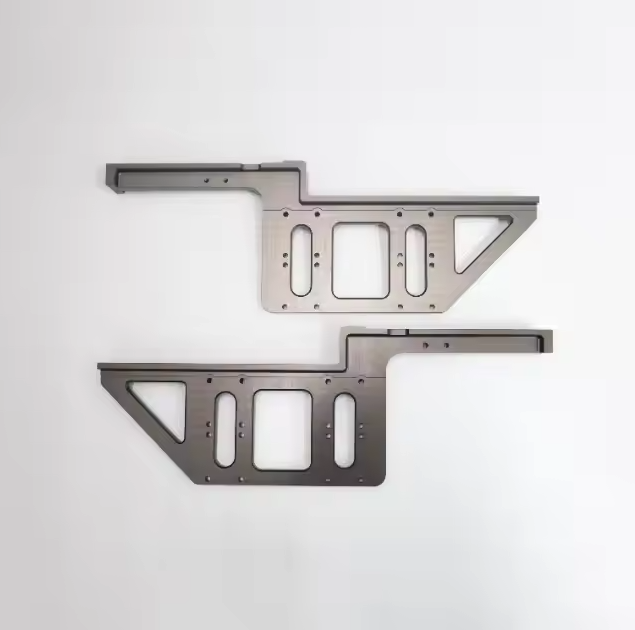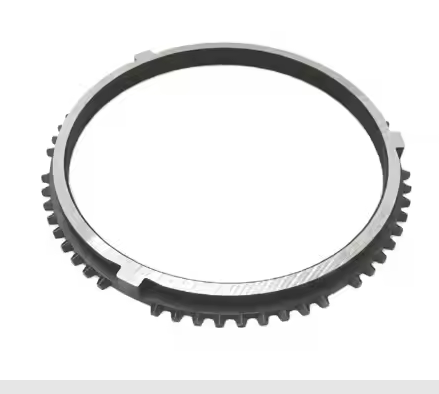In today's era when plastic products are prevalent in all areas of life and industry, plastic products can be given a new appearance and performance by modifying, processing and modifying the surface of injection molded parts. From ordinary daily necessities to high-end precision electronic components, they are inseparable from its help.
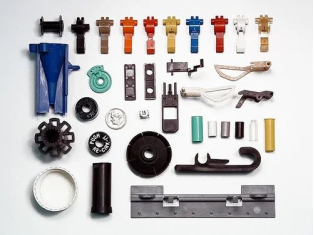
Definition of Injection Molding Surface Treatment
Injection molding surface treatment refers to the process of processing the surface of injection molded plastic products through physical, chemical or mechanical methods to improve their appearance, performance or give them specific functions.
Advantages and characteristics of surface treatment for injection molding
Improve appearance quality
Through surface treatment, plastic products can present a rich and diverse appearance.
Enhance functional characteristics
Different surface treatment processes can significantly improve the functions of plastic products. For example, surface hardening can improve the wear resistance of products and extend their service life. It is suitable for tool handles and automotive interior parts that are frequently used.
Expand application areas
Plastic products with special surface treatment can be applied to more fields because of their new performance characteristics.
Hide molding defects
Some surface defects such as weld marks, shrinkage, and flash are inevitable in the injection molding process.
Achieve personalized customization
Surface treatment technology supports diverse design and customization needs.
Types of surface treatment for injection molding
Surface cleaning treatment
Degreasing treatment: Use chemical solvents (such as acetone, alcohol) or alkaline cleaning agents to remove impurities such as oil, mold release agents, etc. on the surface of plastic products to improve the adhesion and effect of subsequent surface treatment processes.
Dust removal treatment: Remove dust particles on the surface of plastic products by means of compressed air blowing, electrostatic dust removal, etc., to ensure surface cleanliness and provide a good foundation for subsequent treatment.
Surface modification treatment
Spraying: Including air spraying, electrostatic spraying, powder spraying, etc.
Electroplating: Through the principle of electrolysis, a layer of metal (such as chromium, nickel, copper, etc.) is deposited on the surface of plastic products to give the products a metallic luster and texture, while improving their wear resistance, corrosion resistance and conductivity.
Screen printing: Transfer ink to the surface of plastic products by screen printing.
Surface modification treatment
Surface hardening: Use chemical coatings (such as UV hardening coatings), physical vapor deposition (PVD), etc. to form a layer of high hardness film on the surface of plastic products to improve surface wear resistance and scratch resistance.
Antistatic treatment: By coating antistatic agent or adding conductive filler, the surface of plastic products is made conductive to prevent static electricity accumulation.
Surface roughening: Through sandblasting, chemical corrosion and other methods, the surface of plastic products is roughened to increase surface friction and achieve anti-slip effect.
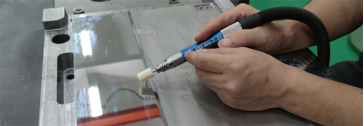
Application fields of injection molding surface treatment
Injection molding surface treatment technology is widely used in parts such as housings, buttons, and display screen frames in electronic products such as mobile phones, computers, and televisions.
Injection molding surface treatment processes are widely used in automotive interior parts (such as dashboards, center consoles, and door interior panels) and exterior parts (such as bumpers, hub covers, and decorative strips).
Medical devices
In order to meet the strict requirements of medical devices for biocompatibility, corrosion resistance, and cleanliness, plastic products are often subjected to special surface treatments.
Packaging industry
In the production of plastic packaging products (such as packaging boxes, bottles, and bags), surface treatment processes are used to enhance the beauty and attractiveness of packaging.
Toys and daily necessities
Through processes such as spraying, pad printing, and water stickers, products are given rich colors and cute patterns to attract consumers to buy, while improving the durability and safety of products to meet daily use needs.
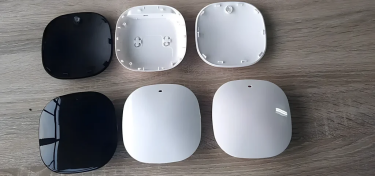
Injection molding surface treatment technology has become an indispensable part of modern plastic product manufacturing due to its significant improvement in the appearance and performance of plastic products. Our factory has been deeply involved in the field of injection molding surface treatment for many years, providing customers with one-stop high-quality surface treatment solutions with superb technology, advanced equipment and a complete service system.
